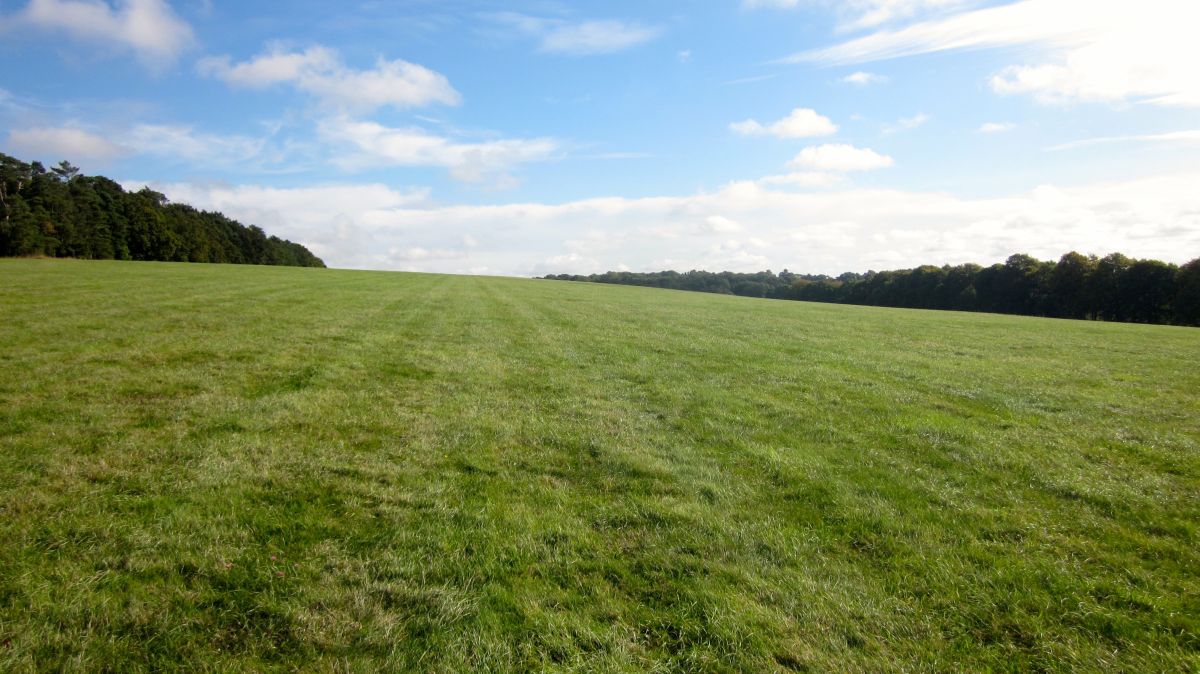
Ensuring a large and healthy root structure is key for farmers seeking to improve grassland and can help limit input costs.
“Following an incredibly wet six month period which has left grass looking sick in many parts of the country, it’s vital that farmers address the cause and not the symptoms of the problem”, says Simon Allen, senior lecturer at Harper Adams.
“A good deep root structure is absolutely vital in ensuring the plant has the ability to uptake the nutrients available to it.
“If this isn’t established, it’s pointless adding costly fertiliser such as nitrogen, as while it will quickly restore colour to the sward, it does little to address the cause of the problem.”
The first thing farmers need to do is see what’s physically going on below the surface, explains Simon.
“Soil is generally in poor shape following prolonged wet periods due to compaction and water logging, and it’s important to know what you’re working with.
“The best way to assess the state of the soil is by physically digging a hole. The colour, feel and smell of the soil will tell you a lot,” adds Simon.
“Getting air back into the rooting zone is vital and simple measures such as aeration or subsoiling will help enormously.
“However, it’s worth noting that with the wet weather not easing, poorly timed field operations will only make the situation worse. The soil must be dry throughout the profile before this is undertaken.”
It’s also very worthwhile having the pH of the soil tested advises Simon. “Don’t rely on appearance to assess pH, get a sample analysed. The target pH for grass is 6 to 6.2, and a lot of grassland is acidic.
“If soil pH is wrong, the nutrient store will be ‘locked up’ and unavailable to the plant and so an application of lime is often needed.
“Once the soil conditions are satisfactory, it could be beneficial to look at providing additional support that will aid a healthy root structure,” says Andrew Linscott from Alltech Crop Science.
A product such as Soil-Set Aid®, promotes a healthier root system and could prove particularly effective given the damaging effects of this winter.
“It works by activating soil microflora”, explains Andrew. “These important microorganisms help increase nutrient availability for the plant, which supports development of a healthy root structure and ultimately plant growth.
“If the root structure is healthy and deep, grass can actually look after itself very well. It’s able to better utilise nutrients available and can outcompete weeds or challenges from pests, making an investment in this area very cost effective.”
